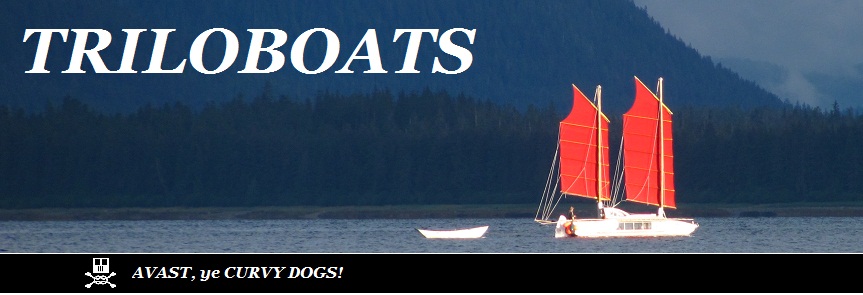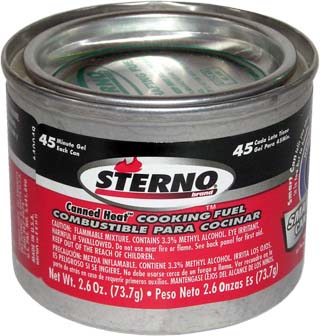It's a matter of leverage.
-- Cap'n Jack Sparrow from Pirates of the Caribbean
Mechanical Advantage: It's a Matter of Leverage
Katy Burke, in The Handbook for Non-Macho
Sailors, points out that the veriest foredeck ape can be
plucked from deck and flung across smoking water by the merest shrug
of the sea.
For millennia, sailors have fought
physics with physics. The mass and momentum of natural forces vs. the
leverage of mechanical advantage. They might not think of it as such,
but the humblest sailor and the great Archimedes are of a kind, brain
amplifying brawn to shoulder the burden at hand.
Simple machines – the inclined
plane, the lever, the wheel and axle, the cam – are reliable, easy
to build, maintain and repair, and cheap! These spread effort over
distance (or, one can also say, over time).
Mechanical advantage or purchase
is the proportion by which one's effort is multiplied.
For example, a halyard with 2:1
advantage (two to one) takes twice as much line, and twice as long,
as the same halyard with no advantage. That sucks, you say?
The 'advantage' is that, at any point, we only need apply half the
effort albeit for twice as long.
This is like making two easy trips to
carry in the groceries, rather than getting it all in one, heavy go.
Same groceries, same overall effort expended over twice the
distance and time. But at any given point, we're not staggering under
the load.
The astute
reader will note that there is some overhead to this... you're
carrying your body as well as the groceries, so doing it twice takes
a toll. Friction can, too. There are diminishing returns to
advantage.
The inclined plane (also wedge and
screw) spreads lift over its length (advantage = height to length). A
block and tackle spread lift out over length of line rove between
blocks (advantage = the number of moving lines through the block
attached to the load). A lever spreads out the length of
throw(distance between up and down) at the lift end over that at the
handle end (advantage = throw at load to throw at handle).
Clear as mud? There are many excellent
sources which cover the physics and uses of simple machines far
better than I can do here. I'll list two of my favorites, below.
Simple machines, or combinations of
them, underlie all the manual tools on board. From halyard to
handy-billy. From winch to windlass. From sweep to jack. Simple
machines working for you to provide mechanical advantage over the
forces we face.
As you explore their possibilities,
here are a few tips and things to keep in mind:
Consider safety. Though
mechanical advantage help us tame large forces, they are still large
forces! They can get out of hand. Even watered down, they can pinch,
crush, break or strain. Consider setting up as fail-safe as possible,
and, where possible, stay out of harms way.
Consider your body. We are the
draft animals hitched to these simple machines. Our bodies work well
if used in accordance with anatomy and within our limitations. Line
up with effort, use the right muscles for the job, avoid effort while
twisted, don't jerk and respect your limits!
Consider ergonomics. Is line
thick enough to get a grip on? Are handles well shaped for hands,
with enough clearance for fingers? Do you find yourself stooping or
on your knees to use gear?
Consider your leads. Leads
(literally, angles along which lines are led) allow one to
line up for an effort with ergonomic efficiency. Is footing good and
plenty? Is the body well positioned for an untwisted effort? Is there
enough elbow-room for the effort? Simply improving the leads can make
a difficult or impossible effort easy.
Consider stowage. Is stowage
close at hand? Easy to access in a timely fashion? Secure? When
stowed, are decks, gangways and leads clear?
Consider arranging enough advantage
for the least physically powerful member of the crew. It is
downright dangerous to face a task for which one has not the strength
(or weight). Something's gotta give... something that must goes up
too slow, down too fast or neither at all. A shoulder sprains or
finger breaks. Sufficient advantage may slow the job, but it gets
done without trauma.
Consider that you can (generally)
lift more than your own weight. Once you've lifted your feet off
the ground, that's it for effort applied. But if you arrange your
tools so that you are lifting from your feet (with your legs),
you can generally exert a fair amount more than you weigh.
Consider work stoppers. Cleats, pawls, dogs and stoppers can take the load off to catch your breath or tend to an emergency. Something at hand, quick to make fast and fast to free can be a big help!
I'll end this section with a cautionary quotation:
When you combine ignorance and leverage, you get some pretty interesting results.
― Warren Buffett
When you combine ignorance and leverage, you get some pretty interesting results.
― Warren Buffett
* * * * *
By combining simple machines, we can
accomplish any job on a typical cruising sailboat. We can raise sails
and sheet them. Raise and lower anchors and masts. Load and unload
cargo or deadweights. Move the boat over water or land(!).
As basic and essential as knots, simple
machines are vital tools in the sailor's kit.
Two helpful books books introducing simple
machines. Both very accessible (not a lot of math or physics). Both written by sailors, with sailors in mind.
A Handbook for Non-Macho Sailors by Katy Burke -- Apparently out of print, but worth it's weight!
Moving Heavy Things by Jan Adkins -- Focused on Mechanical Advantage





























